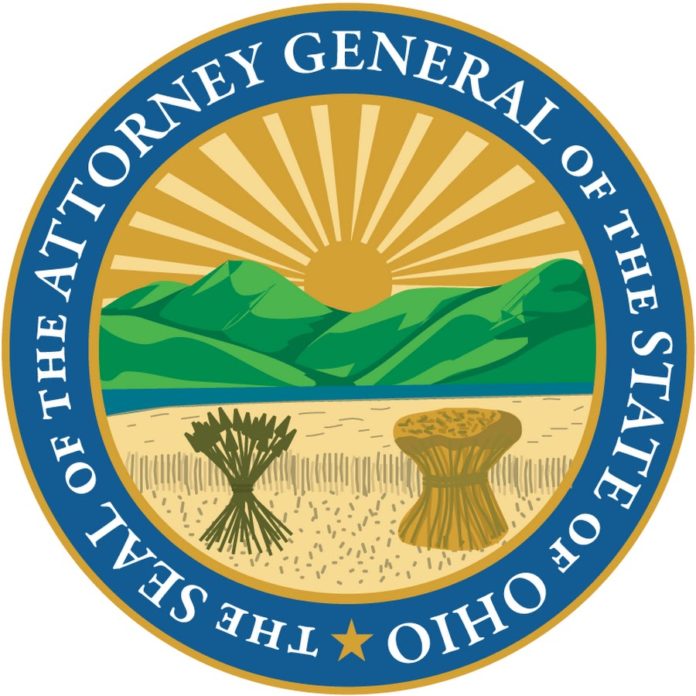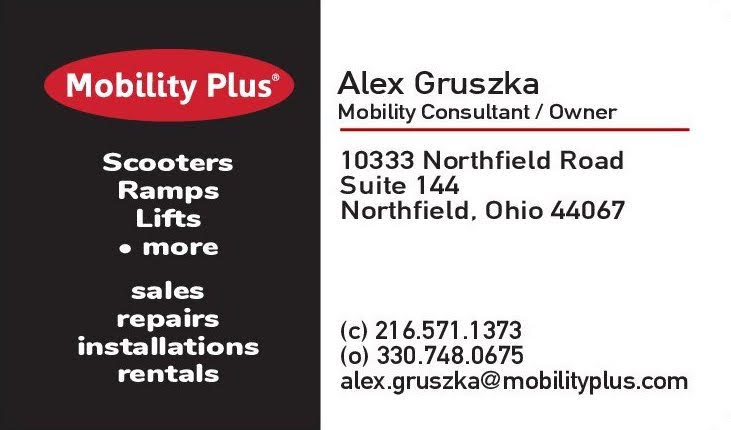(COLUMBUS, Ohio) — With 86% of the state’s litigating political subdivisions having joined the OneOhio Opioid Settlement agreement, Ohio Attorney General Dave Yost today strongly urged the holdouts to avoid playing politics and get onboard.
“Every politician in the state needs to do the right thing,” Yost said during a morning press conference. “This is not a time for gamesmanship or politics. This is we time, not me time.”
The agreement with the three largest distributors of opioids – Cardinal Health, McKesson and AmerisourceBergen – was announced last month by Yost. To seal the deal, the state must have the support of local governments representing at least 95% of its population.
As of Friday morning, AG Yost said, 86% – 114 of the 145 litigating political subdivisions –have joined the agreement.
“That’s not enough,” he said. “We need everyone onboard for there to be a deal. The distributors could still walk away.”
Yost said the OneOhio settlement money – Ohio stands to reap $808 million from the three distributors alone – represents the best opportunity for the many communities hit hard by the opioid crisis to begin to recover from the devastation.
“We need to put these resources to work in our local communities for treatment, prevention and education,” he said. “We desperately need this money on the ground combatting the opioid epidemic.”
Ohio has been a steadfast leader in the opioid fight and was among the very first states to sue the distributors and manufacturers over their wanton and reckless pushing of these dangerous drugs.
The state developed the OneOhio plan to ensure that any money from a negotiated settlement or court verdict gets fairly spread out to the communities that need it — but communities must agree to take part before they can be included.
Under the OneOhio plan, the settlement money would be distributed locally, with:
- 55% going to a foundation created to disburse the money and fund programs that benefit Ohioans affected by opioids and/or prevent addiction.
- 30% earmarked for community recovery programs at the local level.
- 15% going to the state of Ohio.
“We’re at the point where a few governments could hold out and nix the deal for the whole state,” he said. “That would be a bigger tragedy.”
Without a deal, Yost said, Ohio would go to trial in Madison County, as scheduled, on Sept. 20, 2021.
“The local subdivisions do not have trial dates. There won’t be anything left for them, and they’ll be left picking over last year’s carcass for a few scraps.”
Yost encouraged all Ohioans to check the website of the Attorney General’s Office to find out whether their communities have joined the agreement – and, if not, to pressure their local leaders to do what’s right for the greater good.
“This is a time for all of us to come together.”


























